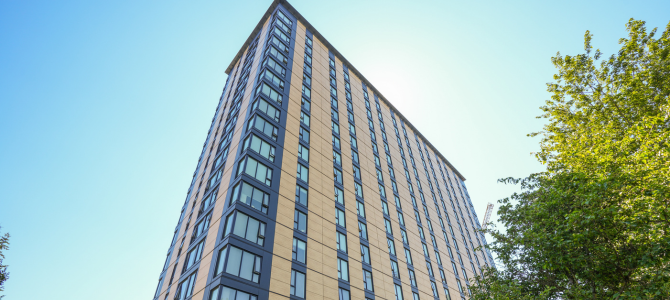

Mass timber is integral to Vancouver's strategy to update building practices to be less carbon intensive through more environmentally friendly material choices.
Sustainably-sourced wood is a low-carbon building material that captures and stores carbon, reducing its presence in the atmosphere.
Mass timber construction
Mass timber is locally produced and a high-value natural material. It refers to the use of engineered, compressed layers of wood that are solid and provide structural load-bearing components like columns, beams, and panels in construction.
Benefits of using mass timber
- Generates lower carbon emissions compared to conventional construction practices
- Potentially reduces embodied emissions in construction by 25 to 45%
- Offers cost-effectiveness, safety, fire resistance, and seismic resilience
- Makes it possible to build parts offsite because wood is lightweight, reducing installation time and costs
- Creates local and regional job opportunities
